
Ramp vs. Stairs: Which is the Best Solution for Your Dog’s Bedtime Routine?
For many dog owners, watching their furry friend struggle to climb onto a bed or couch can be heart-wrenching. As our pets age or face
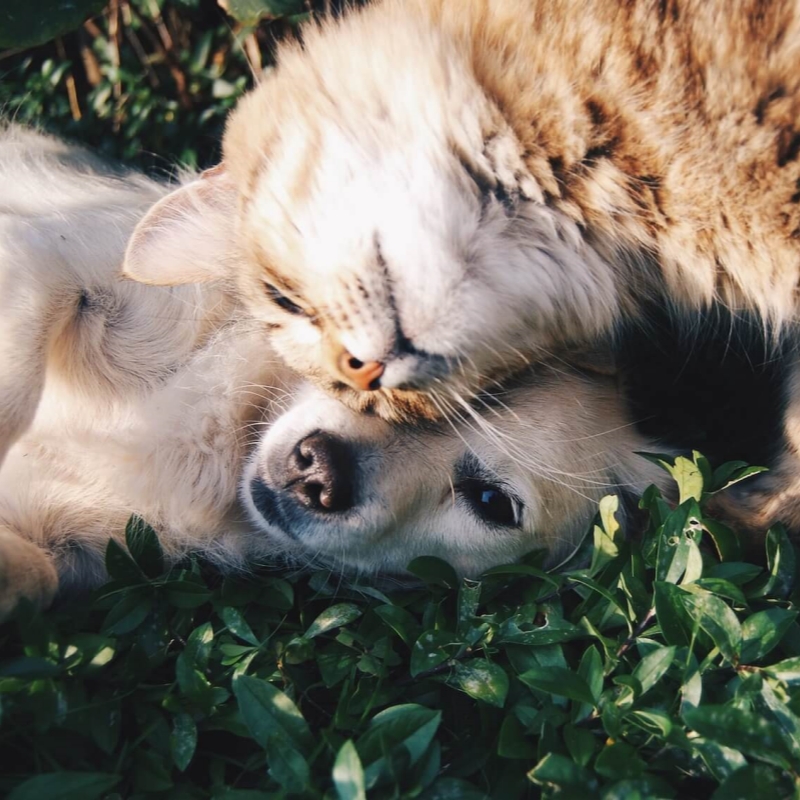
Bringing home a new dog ramp for your pup’s bed takes some initial training so they learn how to use it properly. Ramps are unfamiliar at first. With positive reinforcement and incremental steps, you can teach your dog to accept and master their new ramp quickly and safely.
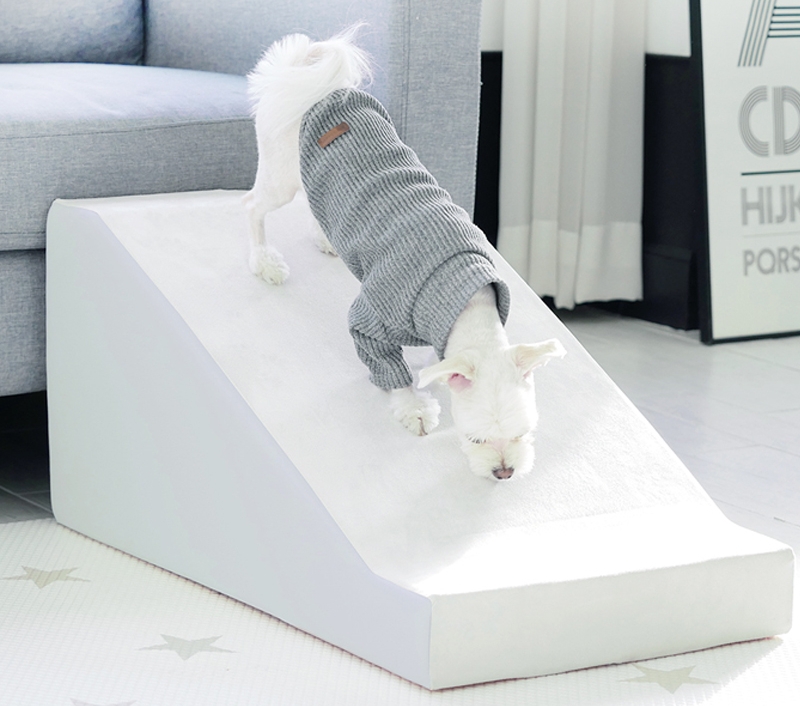
As with any new skill, be very patient and let your dog warm up to the ramp at their own pace:
Do not rush the introduction or try to accelerate the training. Dogs need adequate time and repetition to understand what ramps are and gain confidence in them through positive experiences. Keep early sessions very short, just 5-10 minutes.
Use encouraging phrases your dog already knows well like “Good girl!” and their name to reinforce desired behaviors involving the ramp. This helps put them at ease.
Use bits of chicken, cheese, hot dog or other tasty, aromatic treats to highly motivate and generously reward even small successes with the ramp. Treats make the new ramp seem welcoming.
Never pick up, pull or push your dog onto the ramp against their will. Let them make the choice to approach, climb and descend completely voluntarily. Forced interactions will erode trust.
In early sessions, celebrate even small victories like your dog simply standing on the ramp or putting one paw on it. Build up slowly from there to get them comfortable.
If your dog shows any early signs of fear, hesitation or avoidance regarding the ramp, respond only with infinite patience and encouragement. Never scold or discipline them, as this can instill negative associations.
Pick an appropriate low-distraction area for initial ramp introductions:
Select a quiet, peaceful room without loud noises, children/stranger activity or other pets that could distract, startle or stress your dog when first exposed to using the ramp.
Conduct introductions in a room your individual dog already feels very safe and comfortable in, ideally where they sleep or spend most of their time. Avoid totally unfamiliar new environments.
Position yourself with easy access to high-value treats in the chosen room so you can efficiently reward desired behaviors immediately. Have treats ready in a bag or bowl.
Avoid areas your dog associates with departure or pre-walk excitement, as this can make them too distracted or eager to focus on the ramp properly.
Once mastered indoors, the ramp will reside wherever your dog’s bed or couch is. Begin training in that same general room or vicinity when possible.
Use these tips to help make the novel ramp seem welcoming and enticing:
Gently rub your dog’s favorite plush toys, bedding items or blankets along the ramp surface to impart recognizable comforting smells they associate with safety.
Toss bits of kibble, small treats or cheese sprinkles along the length of the horizontal ramp to jumpstart positive associations through their love of food.
If the bare ramp surface is too slippery for paws, add yoga mats, outdoor carpeting, or adhesive traction tape to make it easier to walk on with confidence.
Keep the ramp completely flat on the floor initially rather than elevated at any angle. This removes any worries about height or instability while they build familiarity.
Stabilize Ramp
Take steps to ensure the ramp does not wobble or shift during use. Dogs will be more eager to trust and use a solid, stable surface. Use included hardware, or weigh down with dumbbells.
Once set, let your dog initiate first contact and explore independently at their own pace:
Simply place the prepared ramp in the room and let your dog approach out of curiosity to sniff and initially investigate it solo without any coaxing or demands. Just observe calmly.
When your dog first tentatively steps onto the prone ramp or touches it deliberately, enthusiastically mark and praise the behavior with a treat. But don’t overly correct or distract them if they walk away again. Give space.
While supervised, let your dog walk on and off both the bottom and top of the non-elevated ramp repeatedly to help them accept it as a safe, normal object in their environment. Provide treats intermittently to incentivize voluntary repetition.
Allow your dog ample time to gently examine the ramp without interference using their superb nose. But redirect any inappropriate chewing, biting or aggressive pawing at the ramp, as you want them to keep it intact.
If your dog cowers away, pants heavily, avoids the ramp or exhibits other signs of stress, go even slower and consider shorter sessions. Don’t force interactions. Take breaks if needed.
Once your dog appears fully acclimated and willing to walk across the flat prone ramp, begin more structured training exercises focused on ramp climbing mechanics:
With tasty treats at the ready, slightly elevate just one end of the ramp 3-4 inches off the ground to create a very gentle ramp incline. The shallower the angle, the less intimidating.
While verbally praising, use a treat to lure and reward your dog as they walks up the slight ramp incline. Calmly celebrate this success! But do not overly stimulate or excite them just yet.
Next, repeat the same process with the opposite end of the ramp elevated to get your dog comfortable climbing in both directions. Keep introduction sessions very brief at first.
Over multiple days and sessions, progressively raise each end incrementally to increase the ramp angle very slowly. However, immediately lower the ramp if at any point your dog hesitates, resists or shows signs of difficulty.
As they improve, associate verbal direction cues like “Go up!” when climbing and “Come down!” when descending to build communication around desired ramp behaviors.
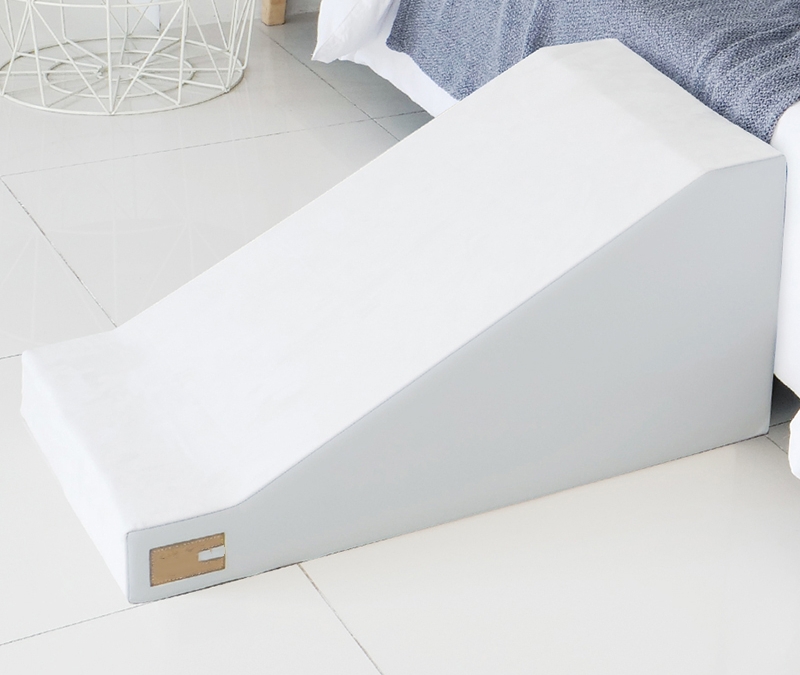
Some common training mistakes and missteps to avoid:
Never pull, push or excessively lure your dog onto the ramp against their will, as this can break trust. All ramp interactions should be the dog’s choice. Go at their pace.
Even a slightly steep ramp can intimidate dogs who are already unsure of the new object. Keep inclines extremely gradual at first for confidence building.
Ensure the ramp has adequate non-slip grip for paws, and add carpet, yoga mats or grip tape if the surface seems slippery or insecure when climbed.
Try to keep the ramp oriented consistently in the same room and position. Frequent ramp movements and reintroductions in new spaces will disrupt learning.
Don’t be stingy on treats during the intro process! This motivates dogs to overcome any initial reluctance or insecurity about approaching and using the odd new ramp.
When your dog consistently exhibits these behaviors and abilities, you can confidently transition the ramp to real-world access sites:
Your dog eagerly approaches, climbs and descends the ramp without prompting to explore. They no longer hesitate first.
Your dog confidently picks up toys in their mouth and willingly traverses the angled ramp multiple times per session, unassisted.
Your dog voluntarily shadows you closely as you climb and descend the ramp first, mirroring your path.
Your dog approaches the ramp with a relaxed, happy posture – wagging tail, ears perked up. No obvious anxiety, reluctance or fear.
Your dog follows simple “up” and “down” ramp direction commands correctly over 80% of the time. The cues are sinking in.
The most exciting final step is transitioning the ramp to your dog’s current bedroom and bed! Proceed gradually:
First, simply reposition the ramp adjacent to their bed in the original low-distraction training room before actively associating it with bed access.
If your dog appears fearful or confused by the ramp’s new position and context next to their bed, go back to basics by lowering the incline and repeating intro exercises. Build confidence back up.
With the bottom of the ramp touching the bed frame, reward your dog for voluntarily climbing partway up the ramp. But don’t force them to get on the bed yet. Let them make that full connection naturally.
Use their name, favorite phrase and bed command such as “Max, Up to bed!” to encourage using the ramp to access the bed, just as you would cue the stairs or couch.
If your dog tries jumping directly onto the bed, gently lead them back down and redirect to properly use the ramp, rather than rewarding unsafe bed access. Be consistent.
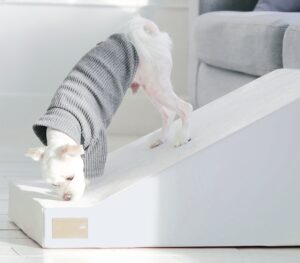
Even once your dog understands the ramp’s purpose, continue reinforcing it long-term:
Practice ramp climbing and descending a few minutes every day or two to maintain skills. Periodically return to the original training room for refreshers too.
If your dog tries jumping up furniture, gently lead or lure them to use the ramp instead every time to continually reinforce desired access methods. Don’t give up!
Use the exact same clear and consistent verbal cues like “Ramp up!” and “Ramp down!” during all access situations to avoid confusion.
Continue providing excited praise and treats every time your dog uses the ramp without any prompting. This motivates continued voluntary ramp use.
Sporadically reward your dog with surprise treats just for using the ramp, even long after the introduction is done. This reminds them of positive associations.
With the proper introduction focused on doggy patience and ramp positivity, your four-legged friend will integrate their new ramp into their daily routine in no time. Just take things slowly and let their confidence build.

For many dog owners, watching their furry friend struggle to climb onto a bed or couch can be heart-wrenching. As our pets age or face

For many pet owners, a dog ramp is more than just a convenience—it’s a lifeline, ensuring our furry friends can comfortably access their favorite lounging

In today’s design-conscious world, every piece of furniture and accessory in our homes is a reflection of our personal style. So, why should our pet

Getting the properly sized dog ramp is crucial for providing safe and easy access to beds and furniture. Ramps that are too steep or too

For many dog owners, watching their furry friend struggle to climb onto a bed or couch can be heart-wrenching. As our pets age or face
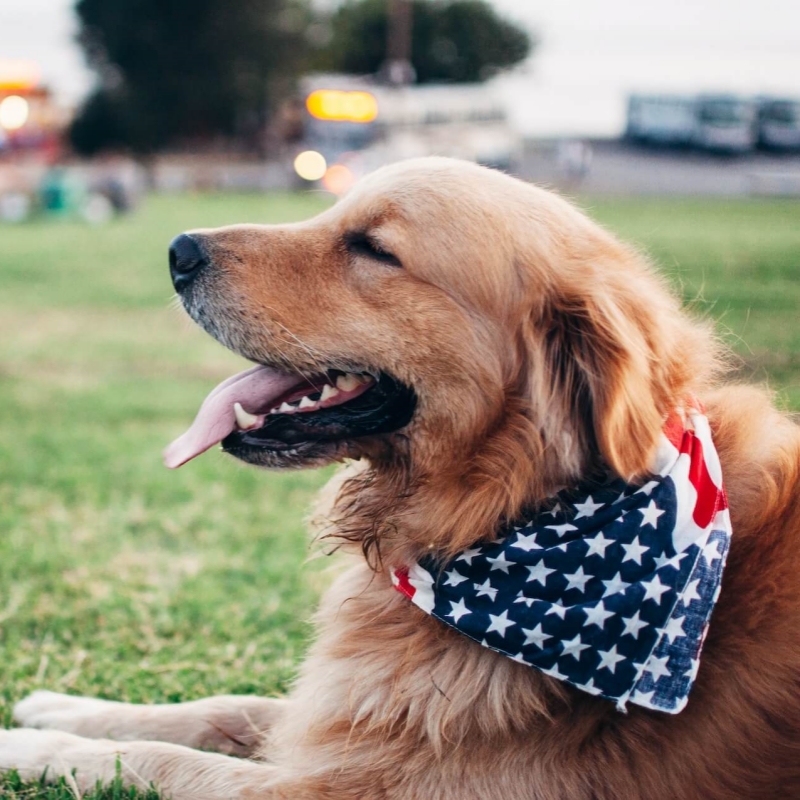
For many pet owners, a dog ramp is more than just a convenience—it’s a lifeline, ensuring our furry friends can comfortably access their favorite lounging

In today’s design-conscious world, every piece of furniture and accessory in our homes is a reflection of our personal style. So, why should our pet

Bringing home a new dog ramp for your pup’s bed takes some initial training so they learn how to use it properly. Ramps are unfamiliar
Copyright © 2024 pawclimbdogbedramp. All Rights Reserved.